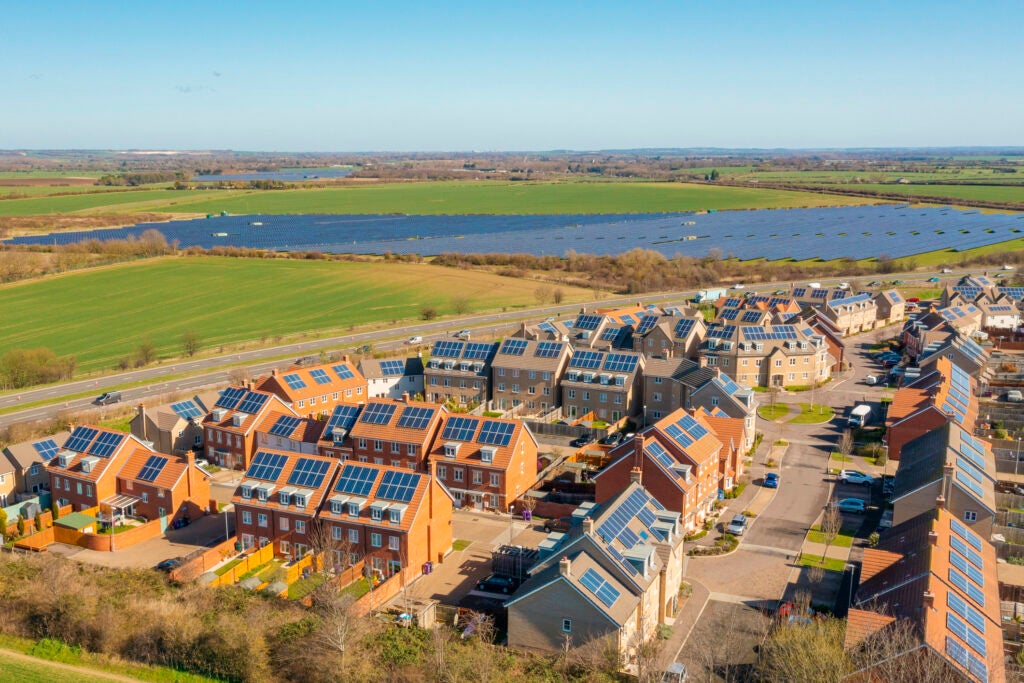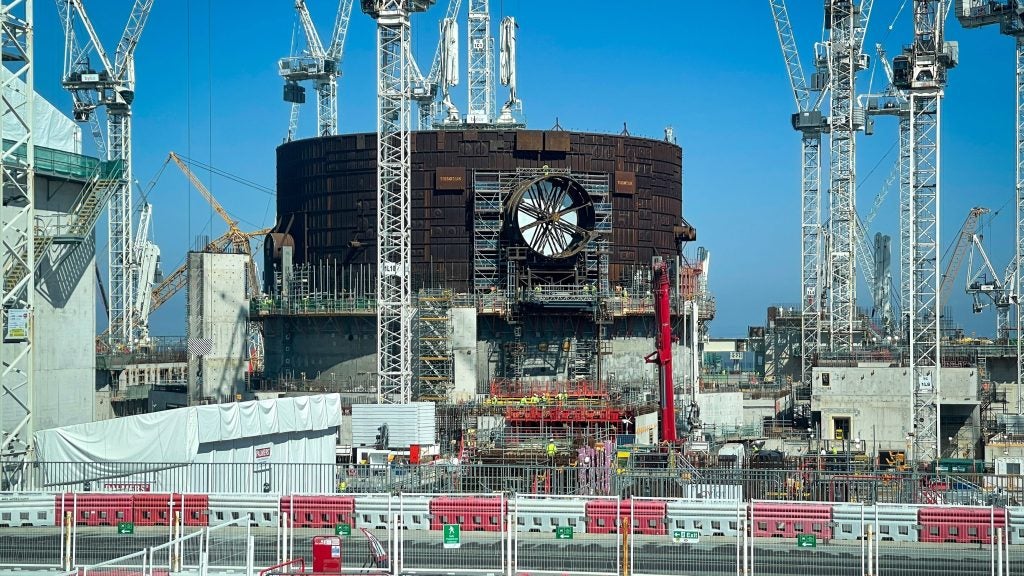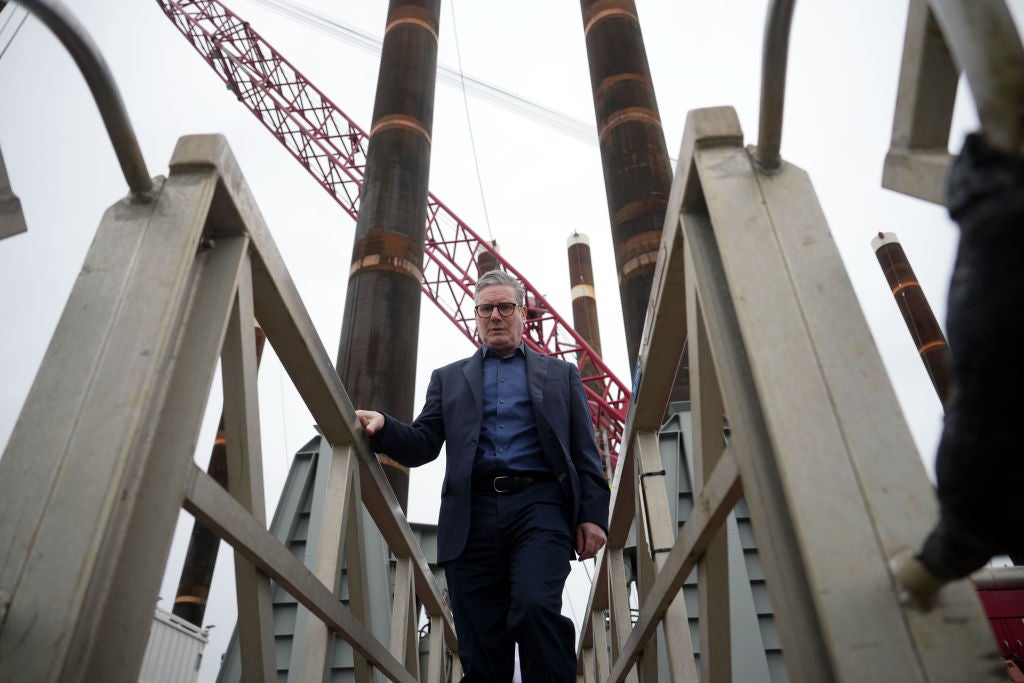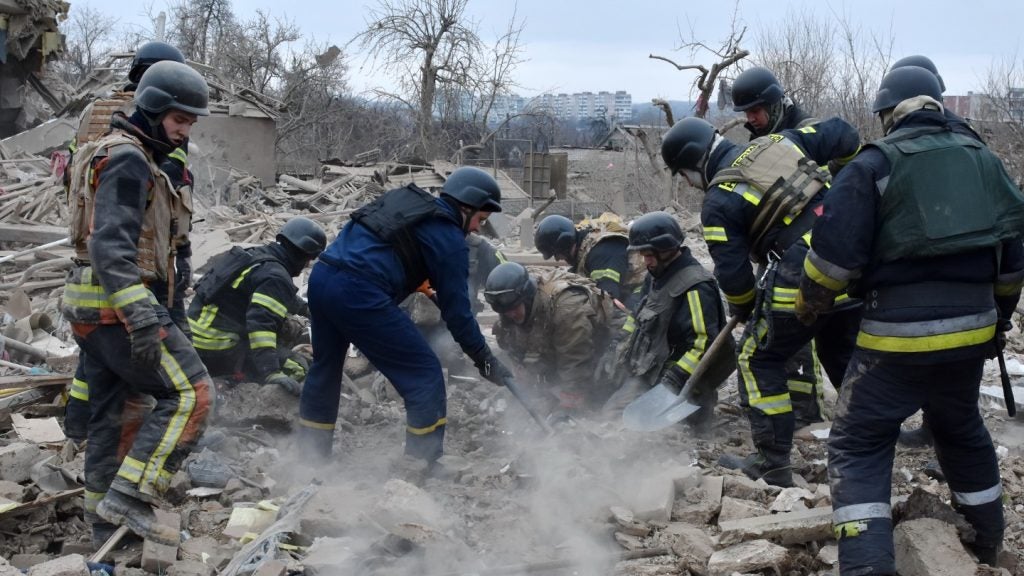There are around 10,000 deaths caused by fuel poverty every year in the UK. Shocking as that figure may be, this year it is likely to be “massively higher”, according to chief executive of the NHS Confederation Matthew Taylor. Taylor, whose organisation represents the leaders of the UK’s health service, recently took the unprecedented step of coming out publicly to warn of a “humanitarian crisis” this winter without further government action to offset rising energy bills.
It is not just the UK in the firing line, however. Every Western nation that has opposed Russia’s war in Ukraine now faces a race against time to fill the yawning chasm in their energy supplies previously occupied by Russian fossil fuels. Energy bills have skyrocketed and the global economy teeters on the brink of a long and tumultuous recession.

One possible saviour for low-income households comes in the form of a decentralised energy system referred to as “community energy”. The community energy industry is growing on both sides of the Atlantic, but can it provide relief for at-risk communities this winter?
Community energy to combat energy poverty
Community energy refers to the delivery of community-led renewable energy schemes that are either wholly owned by communities or run in partnership with commercial or public sector partners.
Although such initiatives can make profits, that is not their main objective. Instead of profit-seeking and competition, a community energy initiative is guided by cooperation, democratic ownership and governance principles and seeks to provide environmental, economic or social benefits to its members, shareholders or local areas. “It is not only about windmills and solar panels but about empowering people and creating stronger and more resilient communities,” says Heleen Schockaert, energy poverty project manager at REScoop.eu, the European federation of citizen energy cooperatives.
See Also:
Energy communities come in many shapes and sizes. They can take up a number of different activities, from generating electricity from wind, solar, biomass and small hydropower, to providing heat, distribution, flexibility, self-consumption, storage, transport and mobility services, as well as facilitating energy savings and fighting energy poverty.
How well do you really know your competitors?
Access the most comprehensive Company Profiles on the market, powered by GlobalData. Save hours of research. Gain competitive edge.

Thank you!
Your download email will arrive shortly
Not ready to buy yet? Download a free sample
We are confident about the unique quality of our Company Profiles. However, we want you to make the most beneficial decision for your business, so we offer a free sample that you can download by submitting the below form
By GlobalDataThey can also prevent electricity wastage. According to the UK government’s Digest of UK Energy Statistics, conversion, transmission and distribution losses from the country’s electricity system in 2019 amounted to 370 terawatt-hours – 52.7% of the total electricity flow. That is substantial: just 5% of this wasted electricity is enough to power more than six million homes.
“A surge in clean community energy would make the UK energy system more efficient because the sector predominantly utilises non-thermal renewables – wind, hydro and solar – which do not incur conversion losses,” says Corinna Miller, communications manager at the UK non-profit Power for People. An estimated 2,585MW of conversion losses could be avoided each year by 2030 under Power for People’s high generating capacity scenario – the equivalent of powering 1.1 million homes.
Also, the further electricity travels down wires, the more is lost as heat. “With more clean electricity being generated near the sources of demand, losses from transmission and distribution to local households, schools and businesses could also be reduced,” says Miller.
Moreover, most energy communities with their own production sell their electricity based on production costs rather than market prices. They can therefore offer members a stable price, which can be half the market price at times like in the current energy crisis. This crisis has seen a spike in demand for community energy in countries like Belgium.
Varying models of community energy
In Europe, the community energy landscape is unevenly developed. The cooperative energy movement has a long tradition in countries with favourable legislation such as Germany, the Netherlands and Denmark – in the latter, 67% of onshore wind energy was being generated by citizen-owned parks. It is less developed in central and eastern Europe.
However, since the entry into force of the EU’s Clean Energy Package in 2018/2019, all member states have a legal obligation to create enabling conditions for the development of energy communities. “Unfortunately, the deadline for the transposition [adoption of the rules] of the Clean Energy Package was on 30 June 2021, but some member states haven’t transposed it yet,” says Schockaert.
[Keep up with Energy Monitor: Subscribe to our weekly newsletter]
In the UK, community schemes sell their electricity directly into the national grid and collect a small fee set by the government’s energy regulator, Ofgem. People then buy the electricity at wholesale rates from power utilities. “While these schemes create benefits for the local economy and community, the rules in place disable the community schemes from selling their clean energy directly to local customers,” says Miller.
In the US, one of the most popular forms of community energy – a term that has manifold interpretations globally – is community solar power. Customers typically participate via a subscription: they voluntarily ‘subscribe’ to a project — such as a solar array located in a nearby town that provides power to the local utility — and in turn receive electricity bill credits. Led by private businesses, public utilities or the communities themselves, these projects essentially equate to a virtual accounting instrument.
“Unlike residential rooftop solar installations, community solar customers may never see the project they subscribe to or receive electrons generated from it,” explains Nate Hausman, manager of clean energy markets at the World Resources Institute’s US Energy Program.
The cumulative installed capacity of US community solar has grown dramatically in the past decade, more than doubling on average annually since 2010. At the end of 2021, there was at least 5,219MW of installed community solar capacity in the US, with active projects in 40 states and the District of Columbia. Approximately 1,813MW of community solar was deployed in the US in 2021 alone, enough to power around 344,470 homes.
“Not an immediate fix”
Alas, community energy projects take time to develop. Citizens need to organise themselves and structure their governance models, explains Schockaert. Once they have a clear vision of what they want to achieve and how, they sometimes have to go through long, complicated administrative and legal processes – often designed with big businesses in mind. After this, setting up the infrastructure itself also takes time.
“Timelines would be shorter if the regulatory and administrative barriers that still exist in many EU countries were removed,” says Schockaert. “The Clean Energy Package asks European countries to actively support the creation of energy communities, removing any potential barriers and encouraging energy communities to set up and grow their business through so-called enabling frameworks.”
Existing community energy projects, or those close to completion, are already poised to help struggling households during the upcoming winter energy crisis. Some of the largest in the pipeline involve offshore wind farms. In Belgium, an energy cooperative called SeaCoop aims to give citizens the opportunity to own up to 20% of new offshore wind planned in the North Sea. In Scotland, cooperative federation Energy4All is part of a partnership that secured three sites in the recent ScotWind bidding process, totalling approximately 3GW of capacity.
There are 495 identified community energy projects across the UK, many of which are already using the funds raised from selling their clean energy to the grid to tackle energy poverty. For instance, non-profit Repowering London is currently demonstrating the power of the local energy model through its solar installation at the Roupell Park Housing Estate in Brixton, London.
“One of the many benefits to [being part of] the project is that people who participate in the scheme get a say in the tariffs of the solar electricity they use,” says Miller. “Those participants – along with the generator – decide what the price of the solar electricity should be, bringing a democratic decision-making process to energy services.”
Since 2011, Repowering has co-created eight community energy co-ops and supported them to raise more than £700,000 from approximately 700 investor members. So far, these co-ops have generated more than £190,000 to be spent by communities on local initiatives. Repowering's work also helps to reduce energy bills through support for those living in fuel poverty; in 2021, the group provided energy advice to 175 households, resulting in direct financial benefits of at least £31,000. Repowering aims to build 5MW of community-owned rooftop solar by 2025.
“Community energy has enormous potential to address some of the root causes of the energy crisis, but it is not an immediate fix,” says Éva Goudouneix, community engagement programme manager at Repowering. “Much more government support is required to enable the sector to scale up quicker – the creation of a National Community Energy Fund and a route to market for community energy generation would be a strong start.”
How much these projects can save on their customers’ energy bills varies according to the jurisdiction and project model. According to Community Energy England’s State of the Sector Report 2022, community energy groups helped people save an estimated £3.35m on energy bills via energy efficiency initiatives in 2021. These are commonly paid for via the distribution of community benefit funds locally. Initiatives range from home retrofits such as insulation and energy-efficient lighting, to tariff-switching advice and direct support in the form of discounted or free renewable energy.
The average residential community solar subscription in the US is approximately three kilowatts, saving residential customers around 10% in electricity costs over the life of the subscription. “Even these modest electricity bill savings from community solar subscriptions can go a long way for low and moderate-income customers, who often face staggering energy bills compared to their income,” says Hausman. US households below twice the federal poverty level spend 3.5 times more of their income on energy costs (8.1%) compared with the median other households spend (2.3%).
Supporting net zero
As helpful as savings to date are, they are a drop in the ocean for what is needed to avoid widespread energy poverty this winter, and governments will need to come up with alternative support mechanisms to help citizens with their ballooning bills. Nonetheless, it is likely the community energy industry will continue to grow fast enough to make a dent in energy poverty in the medium term, as well as play an important role in helping Western countries reach net zero by 2050.
“Citizen participation fosters social acceptance for the energy transition and keeps the profits within the community,” says Schockaert. “The transition towards a sustainable future will require efforts from everyone, everywhere, and the European Green Deal rightly acknowledges it will not happen without citizen involvement.”
In 2016, a CE Delft study revealed that more than 264 million European citizens – about half of the population – could produce their own energy by 2050, either at home or in energy communities. Similarly, a YouGov study commissioned by the European Climate Foundation last year also revealed a huge untapped interest in energy cooperatives. Across Europe, 61% of those questioned said they would likely join an energy cooperative if one was set up in their local area. Support was highest in Romania (85%), Italy (75%), Bulgaria (75%), Poland (74%), Greece (71%) and Spain (69%).
In the UK, although community energy currently accounts for a mere 0.5% of the electricity system, Power for People’s recent study, The Call for a Level Playing Field, indicates the market has the potential to increase twentyfold, saving 2.5 million tonnes of CO2 annually and creating 58,000 new skilled jobs.
In the US, the expansion of the community solar market shows no sign of slowing down. Although the market currently represents less than 4% of all installed solar capacity in the country, energy consultancy Wood Mackenzie forecasts the US will add 4.5GW of community solar capacity over the next five years. Last year, the US Department of Energy (DOE) announced a target of powering five million households with community solar by 2025, an increase of more than 700% over the next three years.
The segment of the market aimed at low and moderate-income households promises particularly strong growth. As of early 2021, the DOE tallied at least 32.3MW of low and moderate-income community solar in operation, with seven times that amount under development. Further, in 2022, the renewable energy developer Invenergy and investment firm Lafayette Square announced a joint venture called Reactivate focused on community solar development for under-resourced communities. Reactivate alone aims to develop 3GW of solar capacity by 2030, serving up to 2.25 million homes.
“The industry is growing in leaps and bounds,” says Hausman. “More states are enacting enabling legislation and more utility-driven lead programmes are coming online. The Inflation Reduction Act has also offered some real carrots in terms of tax credits. There really is a big push to expand the market.”







